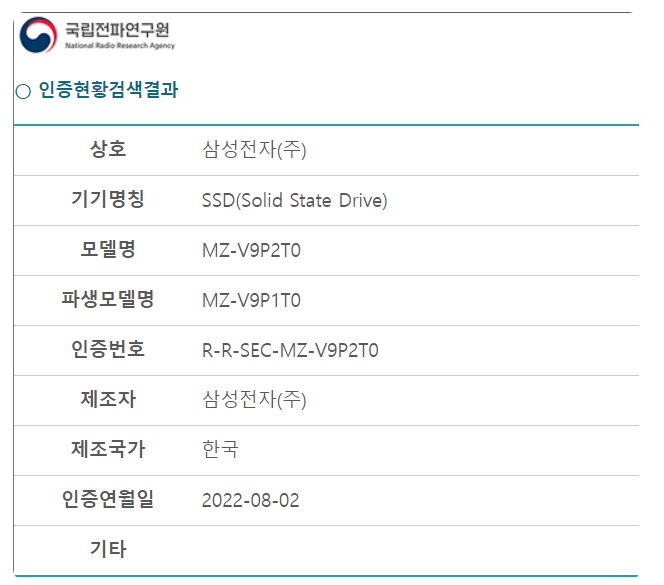Samsung has submitted a new line of SSD drives to the Korean regulatory authority. Everything points to the Samsung 990 PRO, New generation SSD for PCIe 5.0.
Consumer storage will take another leap forward in just a few months by leveraging the capabilities of the PCI-Express Gen5 interface. It should be recalled that the Intel Alder Lake platform already supports this interface (albeit to a limited extent due to the number of lanes), and this is probably why the new units have not yet been released.
The introduction of the next Intel Rocket Lake platform and new processors and motherboards under the ZEN 4 architecture, which will arrive this quarter from the hands of AMD, should mark its definitive premiere.
Samsung 990 Pro
Samsung is the world’s largest seller of SSD drives and it is clear that it will be one of the first to market this type of drives, which will arrive in the M.2 format under PCIe 5.0 with a subsequent increase in performance. At CES in January, Intel demonstrated the capabilities of this interface, which promises stratospheric sequential readouts of up to 13,000 MB per second and writings almost on their level: 12,000 MB per second.
Another new feature will be NVMe 2.0, a new version of another of the key protocols in SSDs, as it allows the drive to be bootable, reduces I/O overhead, and allows host hardware and software to take full advantage of the levels of parallelism these drives are capable of achieving.
The internal version name given by Samsung to the Korean regulator contains the codes “MZ-V9P1T0” and “MZ-V9P2T0”. FYI, existing Samsung 980 Pro PCIe Gen 4.0 SSDs are labeled “MZ-V8P1T00”.

Unlike other integrators that will use third-party memory or controllers, this is expected The Samsung 990 PRO is completely its own solution, with NAND flash memories, DRAM cache and the South Korean giant’s own controller. It should be noted that Samsung has already released its first PCIe Gen 5.0 SSD for servers and data centers with the PM1743 model with a capacity of up to 15.36 TB.
In consumption, not so much storage capacity is needed, but a new backup up to 8 Tbytes, in addition to the typical 1, 2 and 4 TB. It should be released shortly after Intel and AMD launch their new processor platforms.
